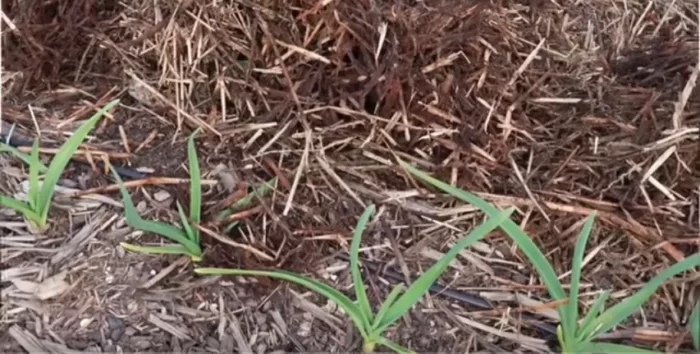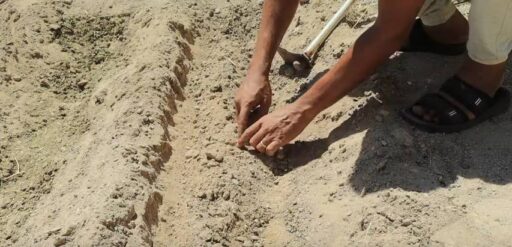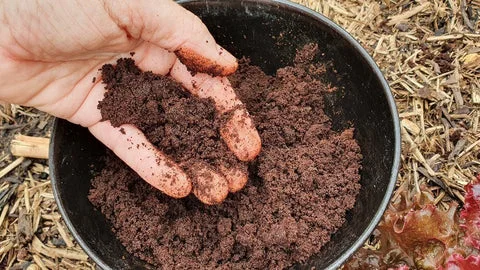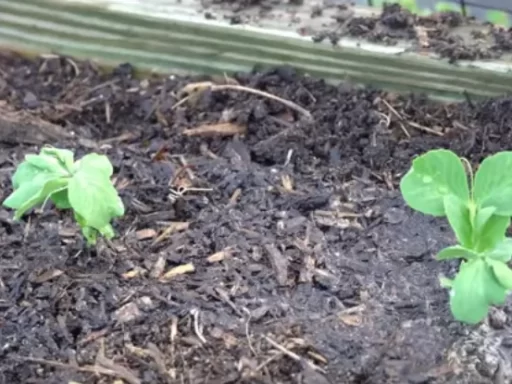As spring arrives on the Southeastern coast of North Carolina, it signals the ideal time to focus on the health and productivity of your fruit trees. Fertilizing your fruit trees correctly is essential for robust growth and a bountiful harvest. In this comprehensive guide, we will cover the best practices for fertilizing your fruit trees, ensuring they receive the nutrients they need while avoiding any potential damage from late frosts.
Step 1: Timing Your Fertilization
The first step in fertilizing your fruit trees is determining the right timing. Timing is crucial, especially when dealing with deciduous fruit trees, which can be particularly sensitive to frost. To avoid damaging new growth, it is vital to know your average last frost date in spring. Fertilizing too early can stimulate new growth that may be vulnerable to frost damage.
Generally, the best practice is to apply fertilizer one to two weeks before your average last frost date. Organic granulated fertilizers are inert in their original form and require time to break down. By applying them before the last frost, they will begin to decompose and become bioavailable to your trees by the time the frost has passed.
If you’re uncertain about your last frost date, it’s wise to err on the side of caution. It is better to fertilize a week late than too early. Always consult your local weather forecasts to make an informed decision.
Step 2: Proper Fertilizer Application
Once you’ve determined the timing, the next step is the proper application of the fertilizer. Fertilizing is both an art and a science, and understanding how to apply it effectively can make a significant difference in your trees’ health.

Start by reading the instructions on the fertilizer bag. Most organic granular fertilizers recommend a specific application rate, typically measured in pounds per square foot. For instance, if the instructions suggest applying 4 pounds per 100 square feet, and each of your fruit trees occupies a 4×4 square foot area, then each tree requires approximately 0.64 pounds of fertilizer. Rounding up to 2/3 of a pound ensures a safe application.
When applying the fertilizer, be careful to avoid placing it directly at the trunk of the tree, as most roots extend outwards. Instead, create a ring of fertilizer around the tree, ensuring that it is evenly distributed. After spreading the fertilizer, lightly work it into the top inch or two of the soil to facilitate decomposition.
Step 3: Adding Compost and Mulch
Following the fertilizer application, the next step is to add a layer of compost and mulch around each fruit tree. While compost does have some fertilizer properties, its primary purpose is to enhance soil health by adding organic matter and nourishing the soil microbiology.
Mulch serves multiple purposes, including regulating soil moisture, maintaining stable soil temperatures, and protecting roots from extreme weather conditions. A good rule of thumb is to apply a 1-inch thick layer of compost around each tree, avoiding contact with the trunk to prevent rot. The compost will work in synergy with the fertilizer, speeding up the breakdown process and improving nutrient availability.
For mulch, natural options like hardwood mulch, pine bark nuggets, or even old straw can be effective. Aim for a thickness of about 3 inches to suppress weeds effectively while allowing air to reach the roots.
Step 4: Watering and Optional Water Soluble Fertilizers
After applying mulch, it is essential to water around the base of your trees. This action helps settle the mulch and initiates the decomposition of the organic fertilizers, as moisture is crucial for breaking them down. Keep the soil lightly moist for several days to support this process.
In addition to organic granulated fertilizers, you might consider using water-soluble fertilizers. These fertilizers differ from their granular counterparts in that they become immediately available to trees once mixed with water. While this can be beneficial for evergreen trees, it is best to apply water-soluble fertilizers only if you are confident that the frost season has passed.
For evergreen trees, like citrus, fertilizing throughout the year is crucial for vigorous growth. If your deciduous trees are still dormant, avoid using water-soluble fertilizers until they have started to wake up from dormancy.
Frequently Asked Questions
- When is the best time to fertilize my fruit trees? The ideal time to fertilize is one to two weeks before your average last frost date in spring.
- What type of fertilizer should I use for my fruit trees? Organic granulated fertilizers are recommended, as they break down slowly and provide a steady supply of nutrients.
- How do I apply fertilizer to my trees? Apply fertilizer in a ring around the tree, avoiding the trunk, and lightly work it into the top couple of inches of soil.
- Do I need to use compost along with fertilizer? Yes, compost improves soil health and helps with the breakdown of the fertilizer, providing additional nutrients over time.
- What kind of mulch is suitable for fruit trees? Natural mulches like hardwood mulch, pine bark nuggets, or straw are excellent choices. Avoid dyed or synthetic mulches.
- How thick should the mulch layer be? A mulch layer of about 3 inches is ideal for suppressing weeds while allowing air to reach the tree roots.
- Can I use water-soluble fertilizers? Yes, but only after the last frost date and if the trees are not dormant. Water-soluble fertilizers provide immediate nutrients but can stimulate growth too quickly if used improperly.




